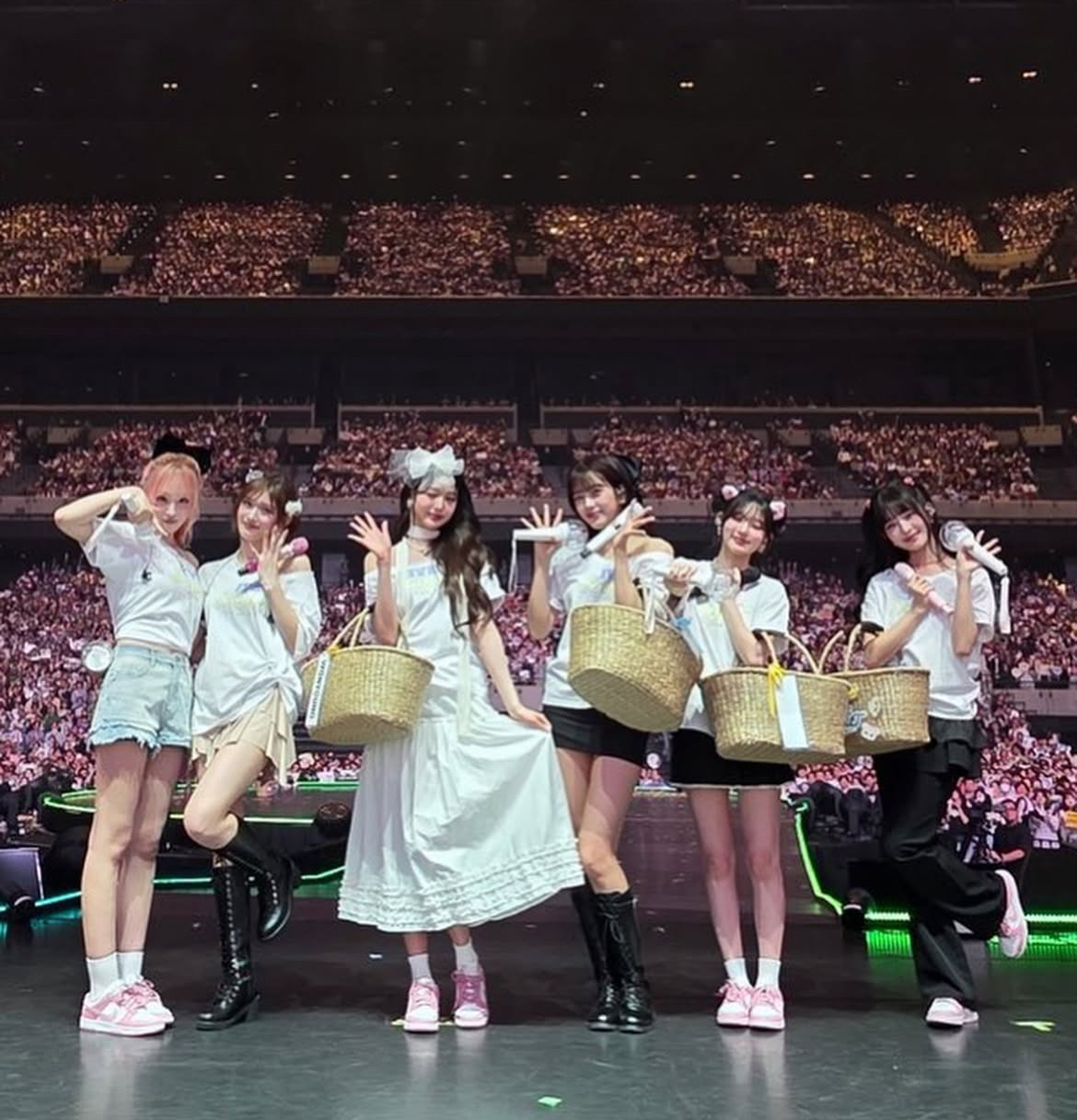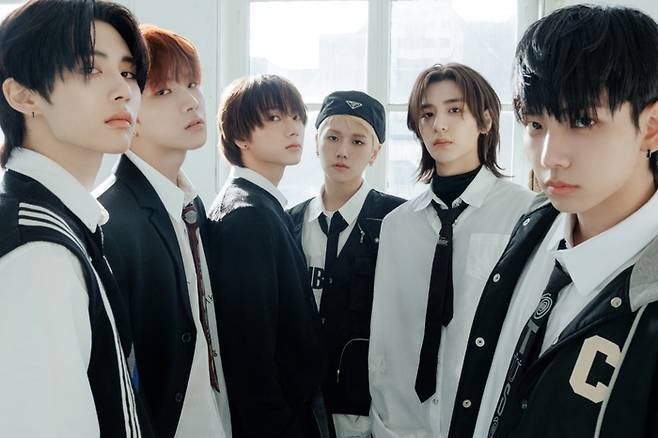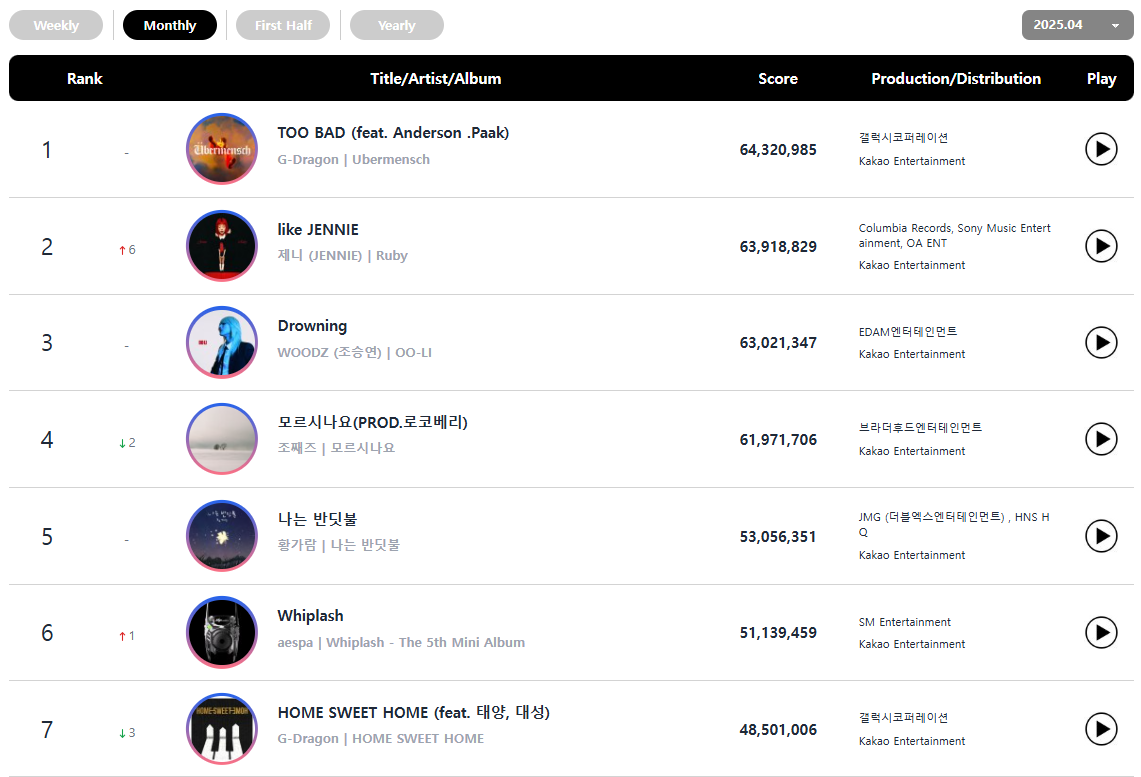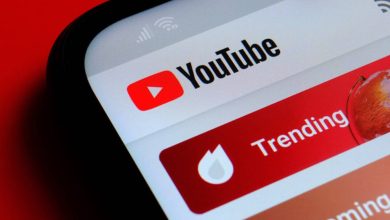Rise of Solo Artists Signals Major Shift in Industry: Is the K-pop Group Model Losing Its Shine?

Is the golden era of K-pop idol groups fading? Recent shifts in South Korea’s music charts suggest a significant transformation is underway, with solo artists now commanding more attention than ever before.
A New Era of Solo Power
Streaming charts, once dominated by multi-member idol groups, are now being led by solo acts. According to Melon’s May 2025 rankings, only three groups, LE SSERAFIM, IVE, and BoyNextDoor, made it into the top 10, with LE SSERAFIM being the sole survivor by the month’s end. This is a stark contrast to the same time last year, when seven idol groups filled the top 10, including ILLIT, i-dle, QWER, TWS, aespa, and BABYMONSTER.



Even with a wave of comebacks in 2025 from groups like NCT WISH, TWS, Hearts2Hearts, and Kiiikiii, most failed to maintain their momentum on streaming platforms. Their songs briefly entered the charts, only to disappear soon after, raising questions about the enduring popularity of the traditional idol group model.
Chart Trends Reinforce the Shift
The April 2025 Circle Chart, released by the Korea Music Content Association, painted a similar picture. Solo stars like G-Dragon, Jennie, Woodz, Zo Zazz, Hwang Garam, and Rosé dominated the rankings. Only three group tracks made it into the top 10, further highlighting the growing imbalance.

A prime example of solo dominance is G-Dragon, who led Circle Chart’s Digital Top 400 Artist Index in April with 12 songs in the top 400. His success showcases how a strong personal brand, fortified by his legacy with BIGBANG, can elevate an artist’s solo career. Similarly, members of BLACKPINK and other established groups have used their group recognition as a launchpad for solo breakthroughs.
Why Idol Groups Are Struggling
Experts like music critic Lim Hee-yun attribute the shift to the evolving consumption habits in the streaming era. Group tracks are often designed for high-impact live performances with complex choreography and rapid rap verses, which may not translate well to passive, everyday listening. With multiple vocal styles and fluctuating quality, group songs can feel disjointed compared to the polished cohesion of solo releases.

Fan behavior has also changed. Once hyper-focused on streaming and voting to boost their idols’ chart performance, fans now divide their attention across multiple platforms, TikTok, Weverse, VLive, and others. Lim notes, “K-pop fans are no longer solely focused on traditional streaming. They follow idols through various formats, which dilutes the impact of coordinated streaming campaigns.”
Adapting to a Changing Industry
Though idol groups still form the backbone of the K-pop industry, they now face a pressing challenge: adapt or fall behind. Balancing show-stopping visuals with musically compelling tracks is key to sustaining relevance in the streaming age. Equally important is the need for management agencies to guide fans toward unified engagement on official platforms.

As the K-pop landscape continues to evolve at a rapid pace, one thing is certain: its ability to innovate will determine which artists lead the next generation. Whether through tighter group dynamics or empowering solo ventures, the industry must rethink its formula to thrive in an increasingly fragmented digital world.







